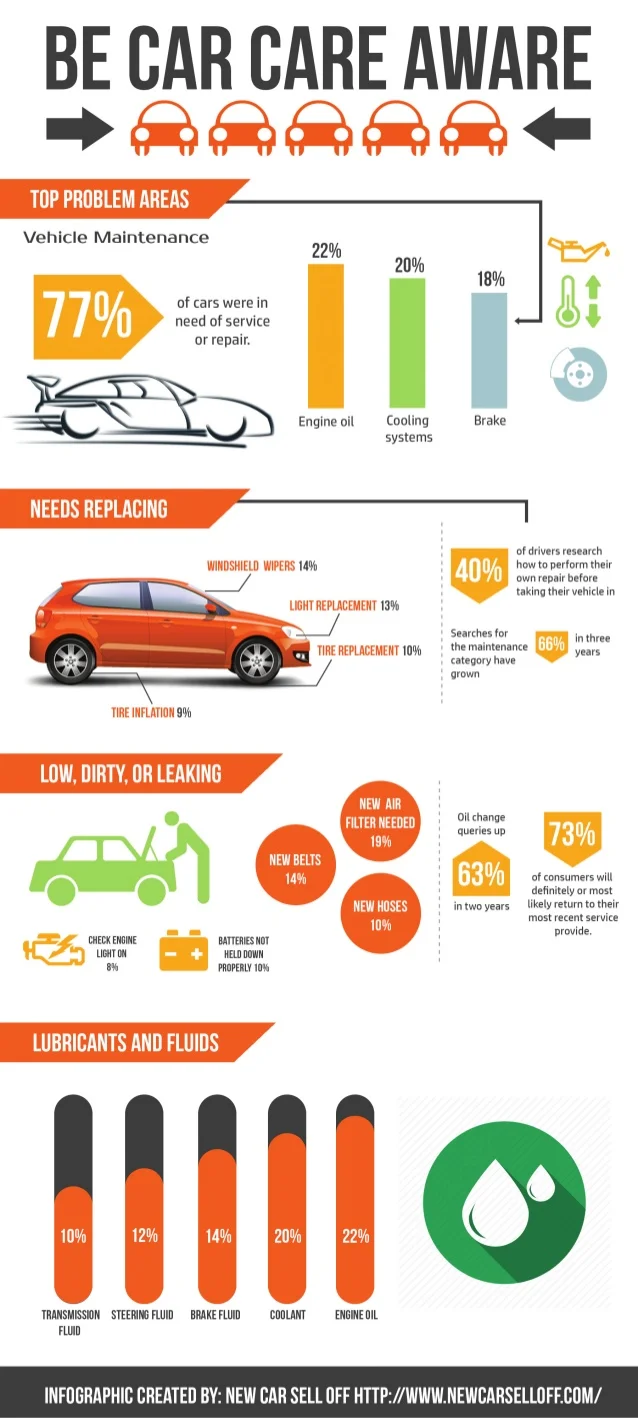Examining Your Auto'S Warning Indicators: What They Really Convey
Examining Your Auto'S Warning Indicators: What They Really Convey
Blog Article
Material By-Faulkner Forbes
When you lag the wheel, those glowing warning lights on your dashboard can be a little bit complicated. Do you know what they're attempting to inform you regarding your auto's health and wellness? Comprehending the significance of these lights is essential for your security and the longevity of your vehicle. So, the following time among those lights turns up, would not you wish to decode its message properly and take the required actions to address it?
Common Warning Lights and Interpretations
Determine typical warning lights in your automobile and understand their definitions to make certain risk-free driving.
One of the most normal warning lights consist of the check engine light, which signals problems with the engine or exhausts system. If this light comes on, it's important to have your automobile inspected quickly.
The oil stress advising light indicates reduced oil stress, needing prompt focus to avoid engine damage.
A flashing battery light could recommend a defective billing system, possibly leaving you stranded if not attended to.
The tire pressure tracking system (TPMS) light signals you to low tire stress, impacting vehicle security and gas efficiency. Neglecting this could lead to risky driving conditions.
The abdominal muscle light indicates a trouble with the anti-lock stopping system, jeopardizing your capacity to quit quickly in emergencies.
Finally, the coolant temperature level alerting light warns of engine overheating, which can cause extreme damage otherwise settled swiftly.
Comprehending these typical warning lights will help you resolve issues quickly and maintain risk-free driving problems.
Significance of Prompt Attention
Understanding the typical caution lights in your vehicle is just the very first step; the value of without delay dealing with these warnings can not be stressed sufficient to guarantee your security when driving.
When a warning light brightens on your dashboard, it's your automobile's way of connecting a potential concern that requires attention. Overlooking these cautions can cause much more serious problems later on, endangering your security and potentially costing you a lot more in repairs.
carvalethowick to cautioning lights can avoid break downs and crashes. For example, a flashing check engine light could suggest a misfire that, if left neglected, could cause damages to the catalytic converter. Addressing this quickly can conserve you from an expensive fixing.
Similarly, https://brakefluidprice95050.blogchaat.com/29984850/explore-the-fundamental-components-needed-for-making-the-right-decisions-regarding-your-car-s-maintenance-and-treatment advising light might indicate reduced brake fluid or used brake pads, essential parts for your security when driving.
DIY Troubleshooting Tips
If you see a caution light on your control panel, there are a few do it yourself repairing ideas you can try prior to seeking professional aid.
The initial step is to consult your cars and truck's manual to understand what the details warning light indicates. Often the problem can be as straightforward as a loose gas cap causing the check engine light. Tightening up the gas cap may settle the issue.
One more typical concern is a reduced battery, which can cause various alerting lights. Examining the battery connections for rust and ensuring they're safe may repair the issue.
If a warning light lingers, you can attempt resetting it by disconnecting the cars and truck's battery for a couple of mins and afterwards reconnecting it. Furthermore, checking your automobile's liquid degrees, such as oil, coolant, and brake liquid, can aid fix cautioning lights associated with these systems.
Verdict
In conclusion, comprehending your car's caution lights is vital for keeping your lorry running efficiently and safely. By immediately addressing these notifies and recognizing what they suggest, you can stay clear of costly repair work and potential failures.
Keep in mind to consult your auto's manual for certain information on each alerting light and take action appropriately to guarantee a trouble-free driving experience.
Remain informed, remain secure on the road!
